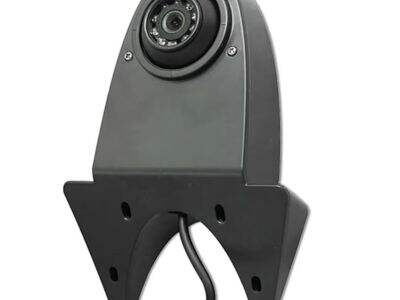Do you want to know how radar liquid level sensors work? In this post, we will cover radar technology and how that technology enables us to easily and safely measure liquid levels across different industries.
An Introduction to Radar Liquid Level Sensors | Vegapuls 64 Radar | Vega
Radar liquid level sensors are essentially tools that employ radar technology to determine the volume of a liquid inside a specific container. Radar sensors do not touch the liquid like traditional sensors; they use radio waves to measure the distance from the sensor to the top of the liquid. This allows them to measure without actually touching the liquid.
Radar Technology Levels of Liquid Measurements:
Radar technology transmits radio wave signals from the sensor to the surface of the liquid. The liquid creates a barrier that causes the radio waves to bounce back towards the sensor. The sensor knows how far away the liquid is by determining how long it takes the radio waves to travel to the liquid and reflect back. This will help determine the precise height of the liquid in the receptacle.
Benefits and Applications of Radar Liquid Level Sensing Solutions:
Introduction Radar liquid level sensors are popular because they have many advantages over the older measurement methods. They are highly precise and suit even the harshest environments, such as heat or pressure. Radar sensors are also versatile and can be installed in various locations, such as in storage tanks, process vessels, and industrial pipes.
The Best Radar Sensor for Your Application:
Considerations When Selecting a Radar Liquid Level Sensor These factors include the type of liquid you are measuring, its surrounding conditions, and how accurate of a measurement you need. Some type of radar sensors work better with certain liquids, like oil or water, whereas other sensors are fine for general usage.
Radar Liquid Level Sensors: Improving Safety & Efficiency
Radar liquid level sensors help industries to be safer and work better. These sensors provide real-time data on liquid levels, leading to better control of processes. This ensures that spills, leaks, and accidents are not occurring, keeping the workplace safe for all. Radar sensors can also make processes more efficient by saving liquid and thus saving money.
To sum up, Camera is an essential device for various sectors that need to measure liquid levels with precision and effectiveness. Industries can make their operations safer and more efficient by understanding the benefits of radar technology and choosing the proper radar sensor per their necessity. KYSAIL offers radar liquid level sensors, so why not to take advantage of it?

 EN
EN
 AR
AR
 HR
HR
 CS
CS
 DA
DA
 NL
NL
 FI
FI
 FR
FR
 DE
DE
 EL
EL
 IT
IT
 JA
JA
 KO
KO
 NO
NO
 PL
PL
 PT
PT
 RO
RO
 RU
RU
 ES
ES
 SV
SV
 IW
IW
 ID
ID
 LV
LV
 LT
LT
 SR
SR
 SK
SK
 SL
SL
 UK
UK
 SQ
SQ
 ET
ET
 HU
HU
 TH
TH
 TR
TR
 FA
FA
 AF
AF
 MK
MK
 KA
KA
 UR
UR
 BN
BN
